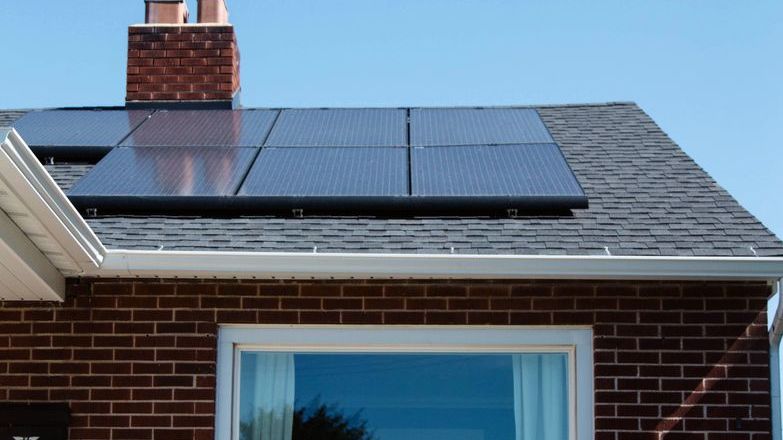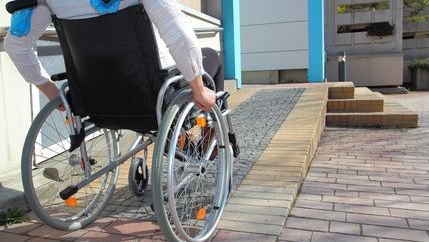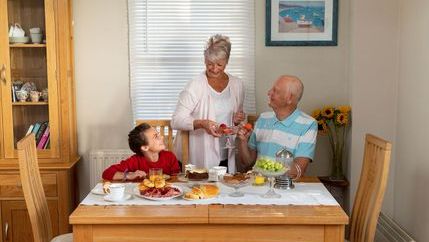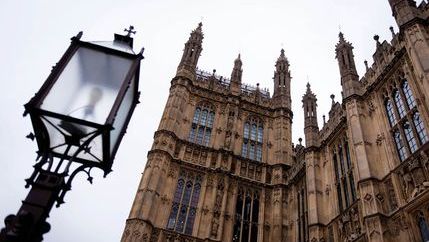
Calling for action
We continue to campaign for the UK Government and devolved administrations to prioritise accessible housing across all tenures, including the private rented sector (PRS). Our response to several key consultations, such as the Older People’s Housing Taskforce and the Raising Accessibility Standards of New Homes inquiry, stresses the need for accessible homes that enable people to live independently for longer.
Our message is clear: a one-size-fits-all approach to housing won’t work. As people live longer and more of us rent in later life, the housing system must adapt. We’ve called for better incentives for developers to build accessible homes and more support to help older renters downsize into properties that suit their changing needs.
Private renters deserve equal access
Accessible housing isn’t just a social issue — it’s a fairness issue. People living in the PRS often have fewer choices than those in social housing. Disabled tenants, in particular, face long waits for suitable homes and often struggle to get reasonable adjustments made to their current accommodation.
It’s not enough to talk about increasing housing supply; we need to make sure that new homes are designed with future needs in mind. That means more ground-floor flats, step-free entrances, wider doorways and adaptable layouts.
Cold homes add to the problem
Our research also shows that older people are more likely to live in hard-to-heat homes, making them vulnerable to fuel poverty and poor health outcomes. This issue is even more pressing for those with mobility issues or long-term conditions that require consistent indoor temperatures.
We’re pushing for improvements to energy efficiency standards and more funding for retrofitting older properties. Accessible homes should also be safe and warm — anything less is unacceptable.
What needs to change
We believe the UK needs a cross-government strategy that puts accessible housing front and centre. That means:
- Building more accessible and specialist homes across all tenures, including private rental
- Incentivising developers to include bungalows and adaptable properties in new schemes
- Reviewing planning rules that discourage single-storey developments
- Supporting landlords and agents to make reasonable adjustments where needed
- Improving energy efficiency in older and disabled people’s current homes
Moving forward
We will continue to represent the views of our members and push for policies that reflect the reality of an ageing and diversifying renter population. Everyone deserves to live in a home that meets their needs — regardless of age, ability, or tenure.
We’ll keep working with industry and government to ensure accessible housing is a priority, not an afterthought.






